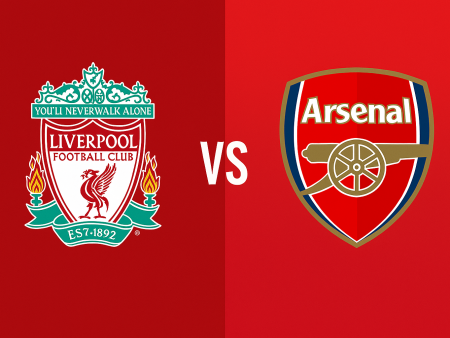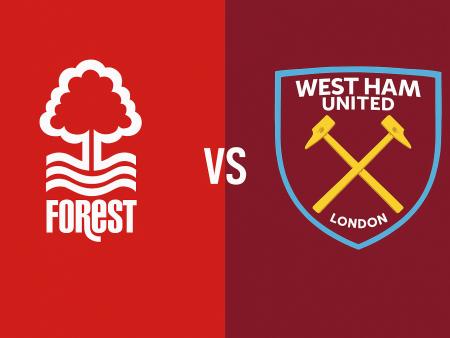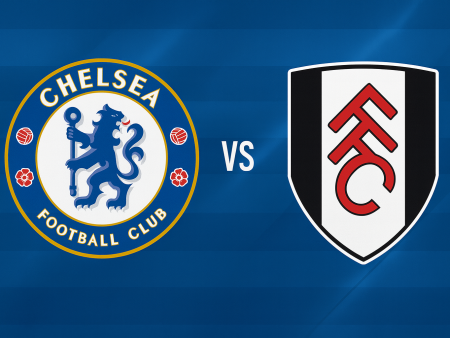Barça’s Unbeaten Start and Tactical Experimentation in Defence
Barcelona have kicked off the new season without suffering a defeat, but their initial performances under Xavi Hernández have lacked full conviction. The team is navigating a period of tactical adjustment, particularly in accommodating an abundance of midfield talent. This deep pool has even led to shifting Frenkie de Jong, a natural midfielder, into a central defensive role. The following analysis examines how Barcelona’s latest approach to building from the back, centered on this unorthodox deployment of De Jong, is influencing their play and what it reveals about their current challenges.
Reconfiguring Barcelona’s Build-Up: Frenkie de Jong at Centre-Back
FC Barcelona face the enviable problem of surplus quality in midfield, compelling Xavi to adapt by utilizing Frenkie de Jong as a central defender. Ironically, while Xavi’s former mentor Pep Guardiola has often deployed center-backs in midfield at Manchester City, Barça are doing the reverse by moving a midfielder into the back line. This tactical shuffle became necessary following Ronald Araújo’s injury, which left the team short of traditional central defenders.
In the recent fixture against Cádiz, Barcelona maintained heavy possession and eventually secured a 2-0 victory through late goals. However, the team’s structural issues remain visible, especially given their unorthodox defensive solutions. Previously, both De Jong and İlkay Gündoğan operated in overlapping midfield roles. Faced with the need to accommodate both, Xavi dropped De Jong into defense, reshaping the team’s formation and approach to progression.
Building from the Back: Structure and Benefits
De Jong’s reassignment isn’t entirely new-throughout his career, he has participated in back-three systems both in and out of possession and occasionally started as a true centre-back. Versus Cádiz, his inclusion in the defensive line brought specific implications for Barcelona’s build-up. The team’s initial phase of play featured both full-backs positioned high, creating a 2+4 shape with Marc-André ter Stegen, the goalkeeper, acting as an outfield distributor.
This structure leveraged the narrow positioning of the central quartet while utilizing the width provided by the advanced full-backs. Barcelona attempted to exploit small gaps through the middle-challenging conventional coaching advice to avoid risk near their own goal. Ter Stegen’s proficiency in playing penetrating passes broke lines and enabled advanced players like Gavi and Pedri to connect further upfield.
The extended distance created between Romeu and Gündoğan, who dropped deep, and the advanced midfielders Pedri and Gavi resulted in more space for quick combinations and off-the-ball movement, something ter Stegen is especially adept at capitalizing upon.
Tactical Limitations and Transition Challenges
Deploying De Jong in a deeper role offers advantages in ball progression. His composure and ball-carrying make him ideal for evading pressure and carrying possession forward, which aids Barcelona’s transition out of defense. However, this adjustment requires Gündoğan to hold his deeper position rather than push forward, potentially limiting his attacking influence. Gündoğan’s ability to unlock defenses with incisive passes is crucial in the attacking third, demonstrated by the assist that broke Cádiz’s resistance.
Nonetheless, asking De Jong to anchor defense creates new vulnerabilities. With Gündoğan lacking the pace and defensive instincts of a natural center-back, defenders like Andreas Christensen must compensate, increasing risk when possession breaks down. Romeu, used as the nominal holding midfielder, sometimes vacates his position to join the attack. His skill set as a ‘destroyer’ is valuable, but not as technically polished as the other central midfielders; ideally, he would remain as a dedicated shield or slot into defense during moments of rest-defense.
Barcelona’s transition defense suffers as a result. In situations such as defending after set pieces, only De Jong and left-back Alejandro Balde are sometimes left protecting against the opponent’s break, leaving wide-open channels that opponents like Cádiz’s front two can exploit. Christensen and Romeu offer aerial presence during set-pieces, but in open play or quick transitions, the lack of true defensive coverage exposes gaps.
Looking Forward: Aligning Midfield Depth with Defensive Solidity
The tactical conundrum for Xavi is how to maximize his array of talented midfielders while maintaining defensive solidity. The temporary deployment of De Jong at centre-back leverages his technical prowess but introduces questions about lineup balance-especially when facing teams equipped to attack quickly on the counter. A more disciplined approach, perhaps utilizing Romeu in a deeper or hybrid role, may better protect against transitions as the season progresses and the team chases another league title.
Brighton’s Mastery in Transition Against Wolves
Contemporary football often frames possession-based and counter-attacking strategies as mutually exclusive, but many elite teams thrive in both aspects. This is epitomized by Roberto De Zerbi’s Brighton, who have become renowned for launching effective attacking transitions while dominating the ball.
In a 4-1 victory over Wolverhampton Wanderers, Brighton showcased the potency of their transitional play-two of their four goals stemmed from quick breaks orchestrated by players like Julio Enciso and Solly March. Their approach to transitions highlights the importance of rapid progression and exploiting momentary space left by opponents.
Key Principles Behind Brighton’s Counter Attack
When Brighton win the ball, their immediate instinct is to move forward with speed, minimizing the opposition’s window to reorganize. This aggressive verticality depends on intelligent decision-making-players must recognize and exploit the spaces vacated by attacking full-backs or advanced midfielders from the opposing side.
For example, after regaining possession, Billy Gilmour instantly identified that Wolves’ right-back Nelson Semedo was out of position and delivered a precise forward pass to Enciso, who capitalized by driving into the open space. On another occasion, Danny Welbeck advanced through the middle, drawing defenders before distributing towards space, stretching Wolves’ backline and creating high-quality chances.
Timing and off-the-ball movement are just as crucial. On Enciso’s assists, March exploited gaps between defenders, making determined runs behind the defensive line, while Enciso’s delivery arrived perfectly in stride.
Weaknesses Exposed During Defensive Transitions
Despite their attacking fluidity, Brighton’s aggressive use of advanced or inverted full-backs leaves them vulnerable to counter-attacks, particularly in wide areas. With fewer players holding deep positions-sometimes just a 2+3 structure-opposing teams can target these open spaces when possession is lost.
Wolves, and previously Luton Town, found opportunities by exploiting these flanks, especially against experienced but less pacey players like James Milner at right-back. With the departures of key ball-winners Moisés Caicedo and Alexis Mac Allister, De Zerbi’s team must quickly recalibrate their midfield roles to minimize exposure when their full-backs push forward.
Conclusion: Adaptation Determines Success
Both Barcelona and Brighton present compelling case studies in tactical evolution and the balancing act required between maximizing midfield quality and maintaining defensive robustness. Barcelona’s experiment with De Jong in central defense reflects their resourcefulness but reveals areas requiring refinement, particularly in transition situations. For Brighton, the challenge lies in sustaining their dual-threat profile-attacking with pace after turnovers without sacrificing defensive discipline. As both teams progress through their campaigns, resolving these tactical puzzles will define their pursuit of domestic and European targets.
Stay Tuned for More Tactical Insights
Check back next week for fresh analysis of pivotal matches and player performances from around Europe’s top leagues. For a deep dive into previous editions, including tactical breakdowns like “Bellingham at the top of the diamond,” explore our archives for more in-depth football insights.













